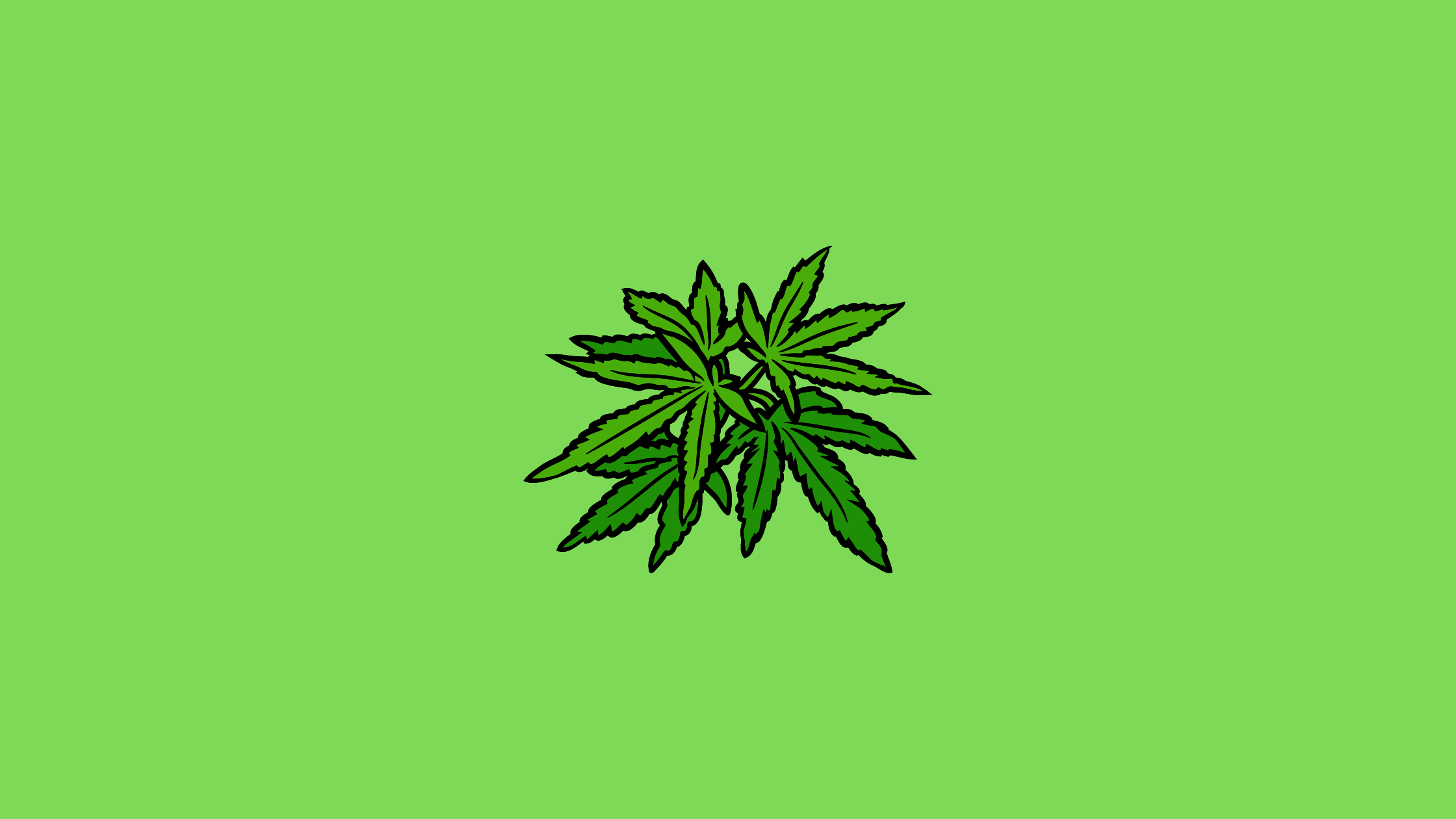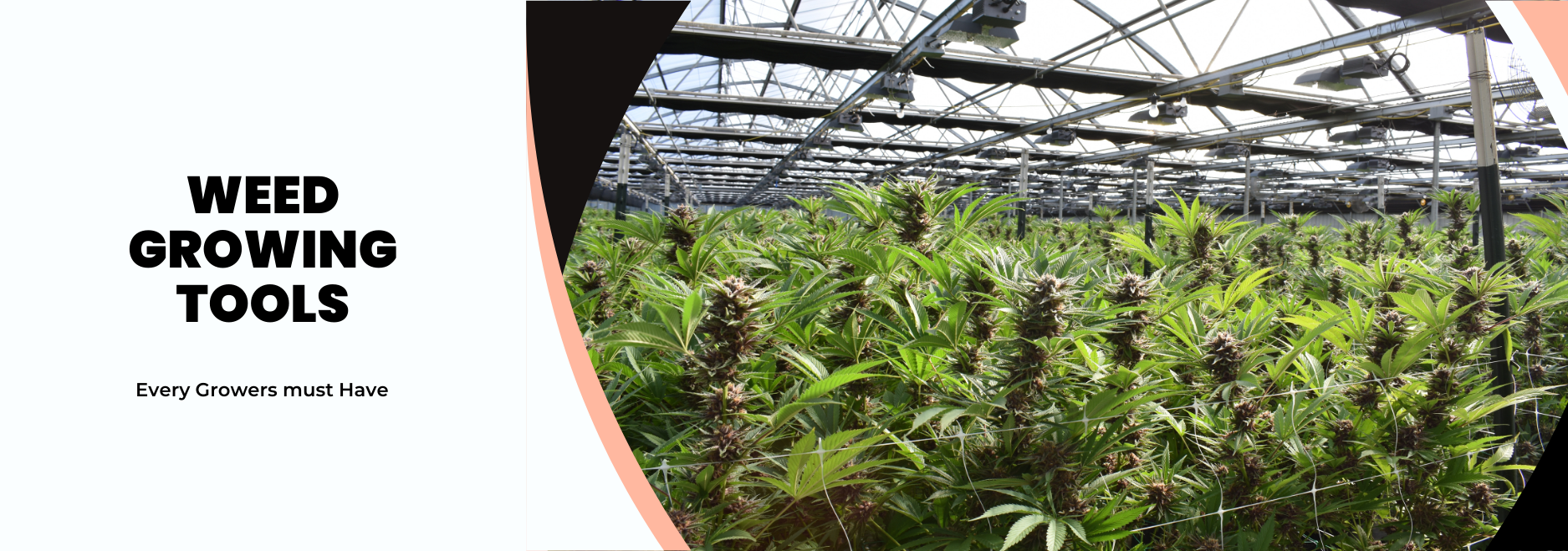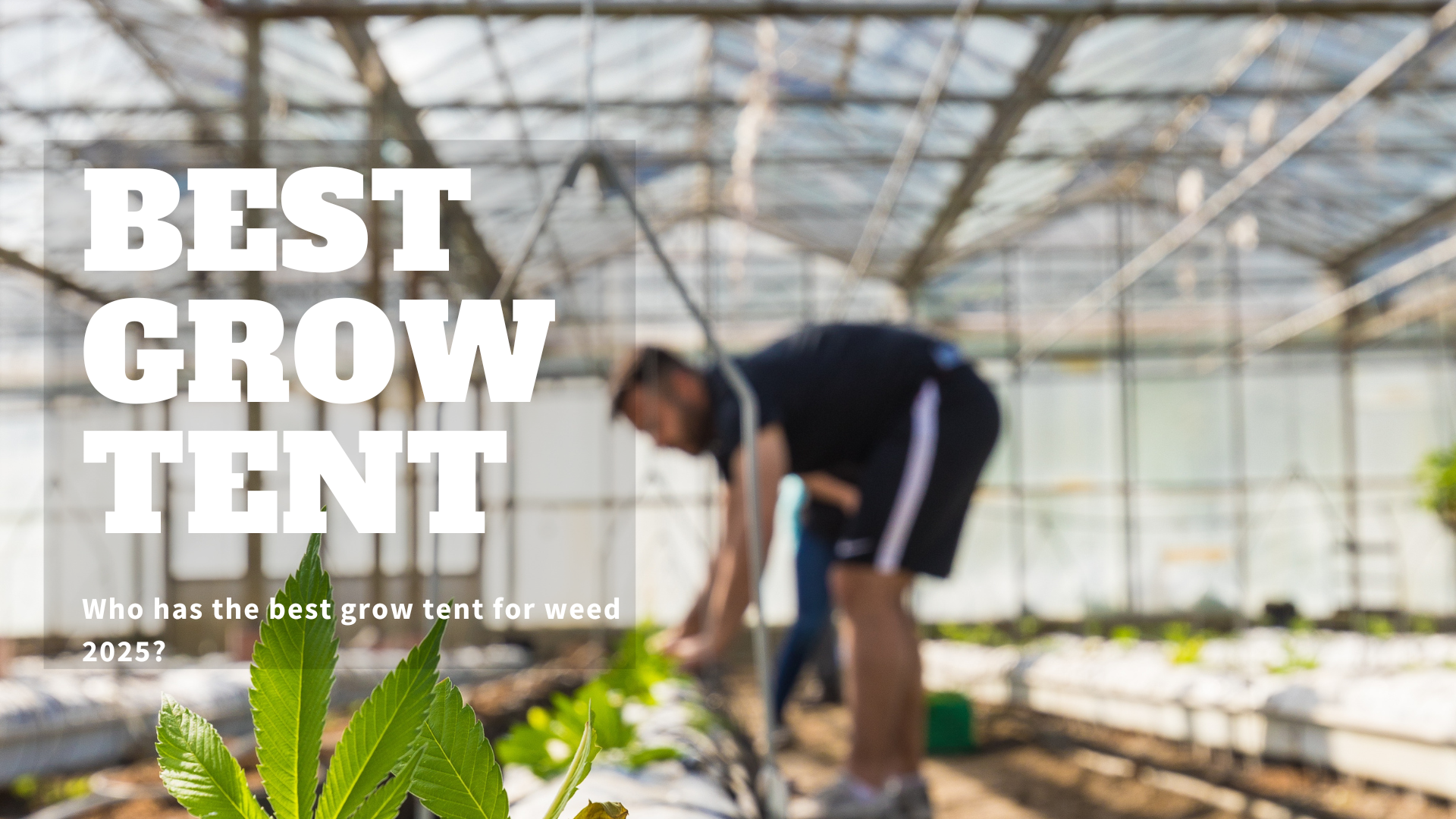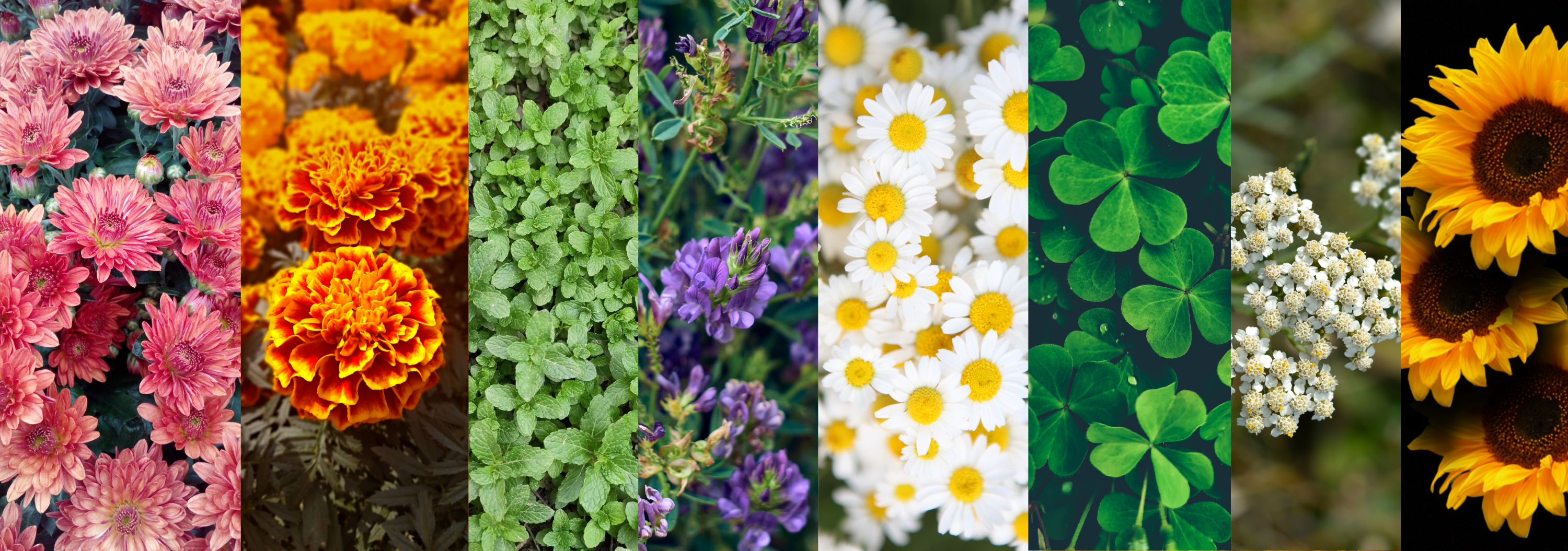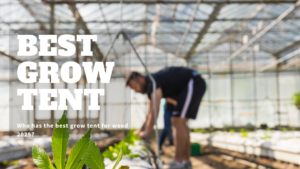Maintaining healthy leaves is critical for robust cannabis growth.
When leaves exhibit discoloration, spots, curling, or other abnormalities, it often signals underlying issues such as nutrient deficiencies, pests, or environmental stressors.
In this guide, we’ll explore the most common cannabis leaf problems, provide a cannabis leaf problems chart, discuss the importance of cannabis leaf problems pictures for diagnosis, and offer practical solutions to get your grow back on track.
Why Leaf Health Matters
Healthy cannabis leaves are vital for:
- Photosynthesis: Leaves convert light into usable energy, fueling plant growth.
- Nutrient Storage: Leaves store and distribute nutrients to other parts of the plant.
- Early Warning System: Visible changes often indicate bigger issues—resolving them early can save your entire grow.
When leaf problems arise, diagnosing and addressing them quickly prevents yield loss and keeps plants in optimal condition.
Key Signs of Cannabis Leaf Problems
Common symptoms you might observe:
- Yellowing or browning (chlorosis, necrosis)
- Curling (tips or edges turning inward/outward)
- Spots (brown, black, or rust-like)
- White powder on leaves
- Distorted or stunted new growth
- Drooping or wilting
If you spot any of these, consult a cannabis leaf problems chart or review cannabis leaf problems pictures online to pinpoint possible causes.
Cannabis Leaf Problems Chart
Below is a simplified leaf problems chart highlighting common issues, their visual clues, and potential solutions.
Use this chart for a quick reference if your plants display unusual symptoms.
| Problem | Visual Clues | Likely Cause | Solution Overview |
| Nutrient Burn | Brown or yellow leaf tips; burnt edges | Over-fertilization or poor root absorption | Flush medium, reduce nutrient strength |
| pH Imbalance | Random yellowing, nutrient lockout | pH too high or too low | Adjust pH to ~6.0–7.0 (soil), 5.5–6.5 (hydro) |
| Nitrogen Deficiency | Light-green to yellow leaves (lower first) | Insufficient N in medium or water | Amend with nitrogen-rich fertilizer or balanced nutrients |
| Nitrogen Toxicity | Dark, shiny leaves; burnt tips | Excess nitrogen in feeding regimen | Flush medium, lower nitrogen-heavy feeds |
| Powdery Mildew | White, powdery spots on leaves | Poor air circulation, high humidity | Improve ventilation, apply fungicide or natural remedy |
| Spider Mites | Tiny specks, webbing under leaves | Pest infestation (often introduced unwittingly) | Use insecticidal soap, predatory mites, or neem oil |
| Bud Rot (Botrytis) | Brown/gray mold on buds | High humidity, poor airflow | Remove affected buds, lower humidity, apply appropriate fungicide |
| Calcium Deficiency | Brown spots on leaf edges, blossom end rot | Low calcium or pH lockout | Use calcium amendments, ensure pH is optimal for calcium uptake |
Pro Tip: Always double-check multiple symptoms and cross-reference with cannabis leaf problems pictures to confirm the correct diagnosis.
Common Leaf Problems & Their Solutions
1. Nutrient Burn
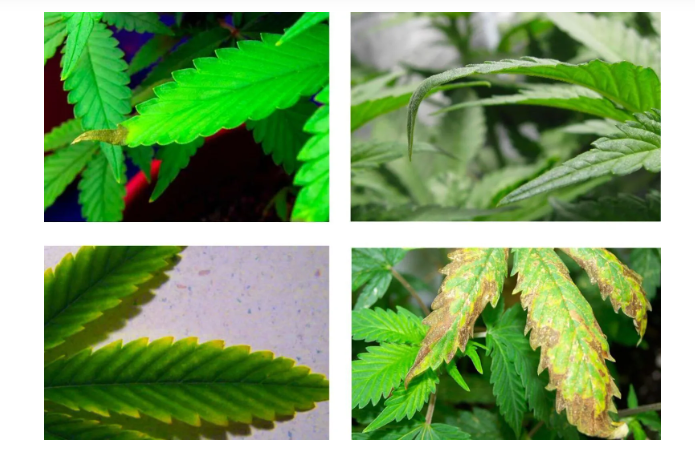
Symptoms:
- Leaf tips turn brown or yellow and appear “burnt.”
- In severe cases, entire leaf edges may curl or wither.
Causes:
- Over-fertilization
- Insufficient oxygen at roots (often from overwatering) preventing nutrient uptake
Solution:
- Flush the medium with pH-balanced water to remove excess salts.
- Reduce nutrient concentrations in future feedings.
- Allow dry back (especially in soil) before the next watering to improve root oxygenation.
2. Incorrect pH Range
Symptoms:
- Random leaf discoloration or nutrient lockout symptoms (yellowing, curling).
- Growth slows or becomes stunted.
Causes:
- pH exceeding the ideal range (6.0–7.0 in soil; 5.5–6.5 in hydro).
- Using untreated tap water or mediums not well-buffered.
Solution:
- Use a pH meter to test soil runoff or hydro solution.
- Add pH Down or pH Up to correct levels.
- Re-test regularly to maintain stable pH.
3. Nitrogen Deficiency & Toxicity
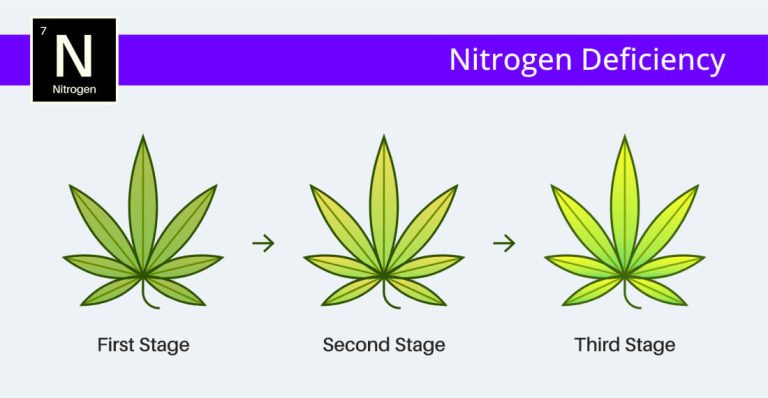
Nitrogen Deficiency
- Symptoms: Lower leaves turn yellow and may drop off. Growth slows.
- Causes: Underfeeding or lockout due to improper pH.
- Solution: Add a nitrogen-rich nutrient or a balanced “grow” formula. Correct any pH issues.
Nitrogen Toxicity
- Symptoms: Leaves become dark green, tips burn or curl. Plant may appear droopy.
- Causes: Overfeeding with high-nitrogen fertilizers.
- Solution: Flush medium with plain water, reduce high-nitrogen feeds. Watch for improvement in new growth.
4. Powdery Mildew
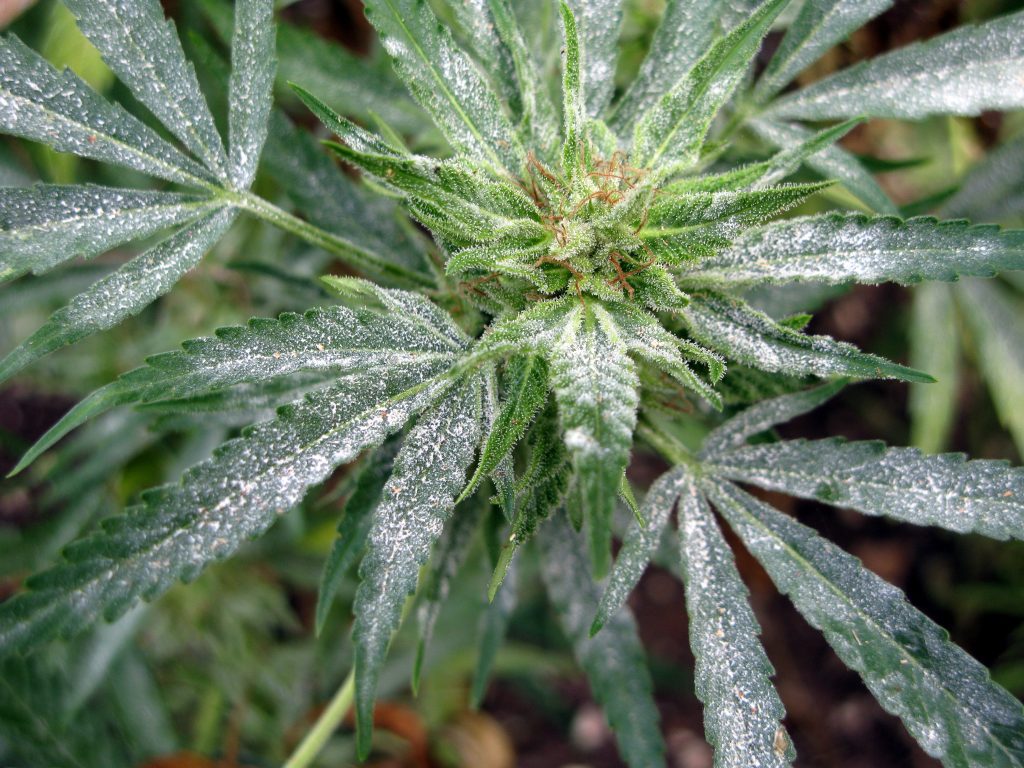
Symptoms:
- White, powdery residue on leaves and stems.
- Leaves may yellow or brown if left untreated.
Causes:
- High humidity, stagnant air, overcrowded plants.
- Poor ventilation in grow space.
Solution:
- Improve air circulation with fans; keep humidity in check (~40–50% during flowering).
- Apply an organic or commercial fungicide.
- Remove and discard heavily infected foliage to prevent spreading.
5. Spider Mites
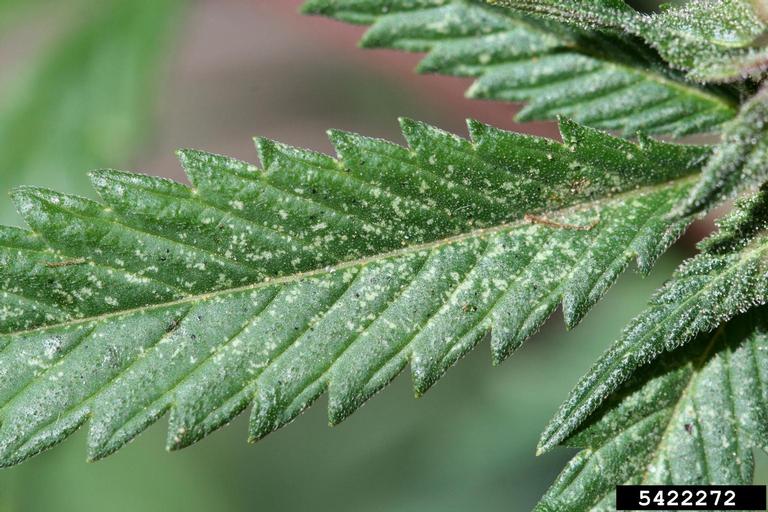
Symptoms:
- Tiny specks on leaves, often accompanied by fine webbing on the undersides.
- Leaves become speckled or discolored and can drop prematurely.
Causes:
- Introduction from infested clones or contaminated clothing.
- Low humidity environments can favor spider mite outbreaks.
Solution:
- Apply insecticidal soap, neem oil, or biological controls like predatory mites (e.g., Phytoseiulus persimilis).
- Isolate and treat infested plants to prevent spread.
- Clean and sanitize the grow area thoroughly.
6. Bud Rot
Symptoms:
- Brownish or gray moldy areas on buds.
- Buds rot from inside, becoming mushy and discolored.
Causes:
- Fungus (Botrytis cinerea) thrives in high humidity with poor airflow.
- Dense buds with inadequate ventilation.
Solution:
- Remove and dispose of all infected buds.
- Reduce humidity to ~40–45% in late flowering.
- Increase airflow with oscillating fans and maintain consistent exhaust.
7. Calcium & Blossom End Rot
While more common in fruiting plants (like tomatoes), blossom end rot can appear in cannabis if severe calcium deficiency occurs.
Symptoms:
- Necrotic (brown/black) spots on lower leaves or near bud sites.
- Weak stems and stunted growth.
Causes:
- Low levels of calcium in the medium.
- pH out of range, blocking calcium uptake.
Solution:
- Use a calcium supplement (e.g., Cal-Mag).
- Keep pH in the optimal range.
- Avoid excessively high temperatures that disrupt nutrient uptake.
Cannabis Leaf Problems Pictures & Diagnosis Tips
- Visual References: Comparing your plants’ leaves to cannabis leaf problems pictures is one of the fastest ways to narrow down the possible issue. Look for similar color patterns and leaf damage indicators.
- Examine Location on Plant: Determine if the problem starts at lower leaves (often nutrient deficiency) or upper leaves (light burn, toxicity, or new growth deficiencies).
- Note Progression Speed: Rapid changes can indicate pests or pH fluctuations, while slow, gradual discoloration may be nutrient-related.
Having a folder of reference images or using an online cannabis leaf problems chart can save time and guesswork.
Preventing Future Leaf Problems
- Regular Monitoring
- Check pH levels and EC (electrical conductivity) if possible.
- Inspect leaves daily or multiple times per week for early signs of trouble.
- Proper Ventilation & Humidity
- Keep humidity around 50–60% in veg; 40–50% in flowering.
- Use oscillating fans to avoid stagnant air and mold-friendly conditions.
- Balanced Feeding
- Follow a feed chart or schedule from a reputable nutrient line.
- Use a calibrated pH meter and PPM/EC meter to adjust nutrient strength.
- Healthy Growing Environment
- Keep temperatures between 70–85°F (21–29°C).
- Choose a quality soil or hydroponic medium designed for cannabis.
- Cleanliness
- Sterilize tools (trimmers, scissors) and keep the grow area tidy.
- Quarantine new clones or plants to prevent pest or disease introduction.
Frequently Asked Questions (FAQ)
Q1: How can I quickly tell if my cannabis leaves have nutrient deficiency or pest damage?
A: Nutrient deficiencies often show discoloration starting at leaf tips or edges, while pests like spider mites leave tiny bite marks, spots, or webbing. Check a cannabis leaf problems chart and compare pictures to confirm.
Q2: What if I’m still not sure which leaf problem my plants have?
A: Look for multiple symptoms (e.g., color pattern, location on the plant, presence of bugs or mold). You can also consult online forums or professionals where you can upload pictures for advice.
Q3: Do I need special products for pest control?
A: Many growers use organic solutions like neem oil or insecticidal soap. For severe infestations, specialized miticides or introducing beneficial insects can be effective.
Q4: Why is pH so critical for cannabis leaf health?
A: pH affects nutrient availability. Even if you feed the correct nutrients, the plant can’t absorb them if the pH is out of the ideal range.
Q5: Can I reuse soil if my plants had leaf problems?
A: It depends on the issue. If it was a simple nutrient imbalance, flushing and re-amending might be fine. However, fungal or pest infestations often require discarding the medium and sanitizing the containers.
Key Takeaways on Cannabis Leaf Problems
By understanding common leaf problems cannabis plants face—and consulting a cannabis leaf problems chart or cannabis leaf problems pictures—you can quickly pinpoint the root cause and implement the right solution.
Maintaining optimal pH, using balanced nutrients, and ensuring a clean, well-ventilated environment are key to preventing most issues before they escalate.
Remember that vigilance is your best defense: regularly inspect your garden, make timely adjustments, and you’ll be on your way to healthy, high-yielding cannabis plants.

